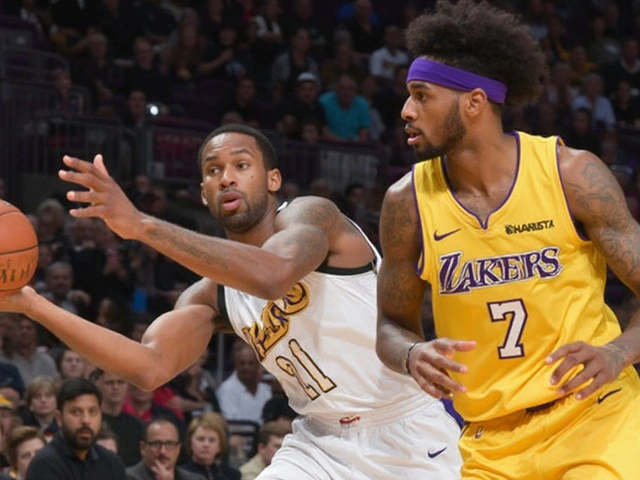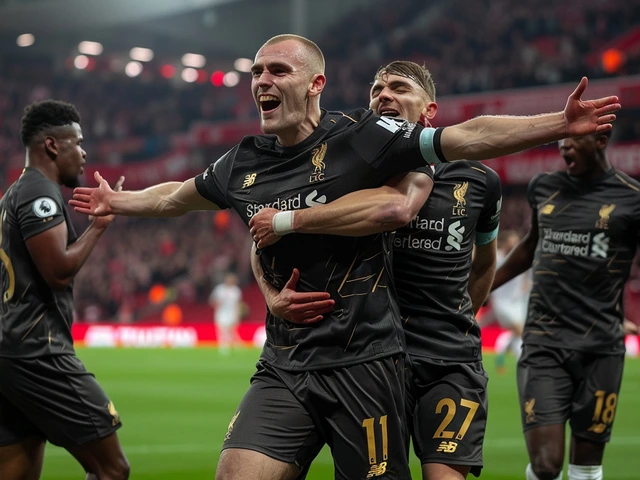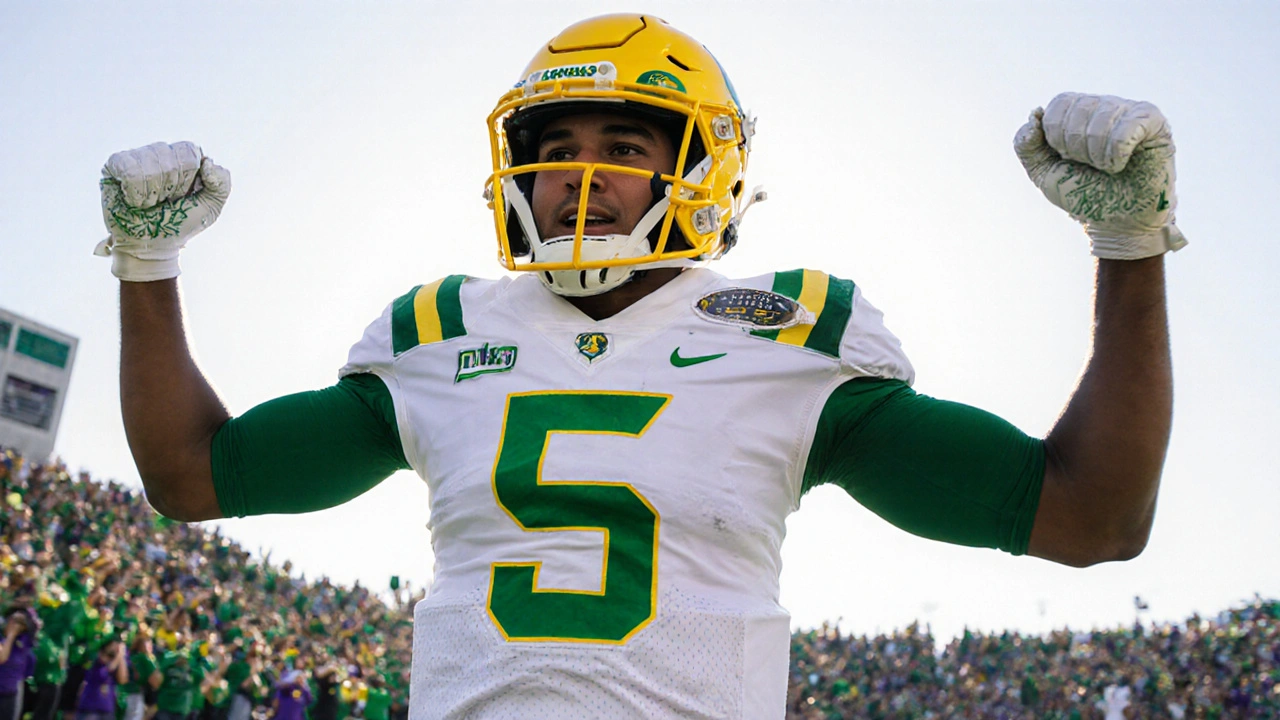2026 NFL Draft: Everything You Need to Know
When you hear about 2026 NFL draft, the annual event where NFL teams select eligible college players to join the league. Also known as NFL Draft 2026, it decides the next wave of talent for every franchise and sets the tone for the upcoming season.
The heart of the 2026 NFL draft lies in the NFL prospects, college athletes who have shown the skill, size, and football IQ to compete at the professional level. Scouts rank them by position, performance statistics, and intangibles like leadership. A quarterback from a Power Five school who threw for 4,200 yards and 35 touchdowns will sit high on the board, while a defensive end with a 4.6‑second 40‑yard dash and 12 sacks draws attention for his athletic upside. These prospects become the raw material that teams mold into future stars.
Before the draft day, most prospects gather at the draft combine, a four‑day showcase where players perform drills, workouts, and interviews in front of NFL executives. The combine yields measurable data – 40‑yard dash times, vertical jumps, bench‑press reps – that complement game film. A fast‑times cornerback or a heavyweight lineman who bench‑presses 225 pounds 30 times can climb several spots on a team’s draft board. Because the combine directly influences how teams allocate their picks, it is a crucial checkpoint in the selection process.
Each of the 32 NFL teams, the franchises that make up the professional football league enters the draft with a specific number of picks, determined by trades, compensatory selections, and previous season performance. A team that finished with a poor record typically enjoys a high first‑round slot, giving it the chance to nab a game‑changing talent. Conversely, a Super Bowl contender may trade down to acquire additional mid‑round picks, betting on depth over a single marquee name. The distribution of picks creates a strategic landscape where every decision ripples through future roster construction.
Scouting departments now rely heavily on analytics alongside traditional film study. Metrics like expected points added (EPA) and win probability added (WPA) help quantify a prospect’s impact beyond raw stats. When a wide receiver consistently gains high EPA on short routes, teams view him as a reliable slot option, even if his raw yardage isn’t eye‑popping. This data‑driven approach means the 2026 NFL draft isn’t just a gut feeling; it’s a blend of numbers, observation, and projection.
The first round carries outsized importance because rookie contracts are fully guaranteed and heavily weighted in salary‑cap calculations. Landing a franchise quarterback or a pass‑rushing edge defender in round one can fast‑track a team’s competitive window. However, history shows that value can be found later, with Hall‑of‑Fame players emerging from the third or fourth rounds. Understanding this balance helps fans and analysts temper expectations and appreciate the depth of the talent pool.
Media coverage, fan debates, and mock drafts round out the pre‑draft buzz. Social platforms amplify every rumor, while television networks run live coverage that includes expert panels breaking down each pick as it happens. This constant chatter not only entertains but also influences public perception of players, occasionally swaying a team’s internal dialogue. Knowing how these external forces interact with team strategy adds another layer to the draft narrative.
Below you’ll find a curated collection of articles that dive deeper into the stories shaping the 2026 NFL draft, from prospect profiles and combine results to team strategies and historical trends. Whether you’re a seasoned fan or just getting started, the pieces ahead will give you a richer picture of what to expect when the whistles blow.






